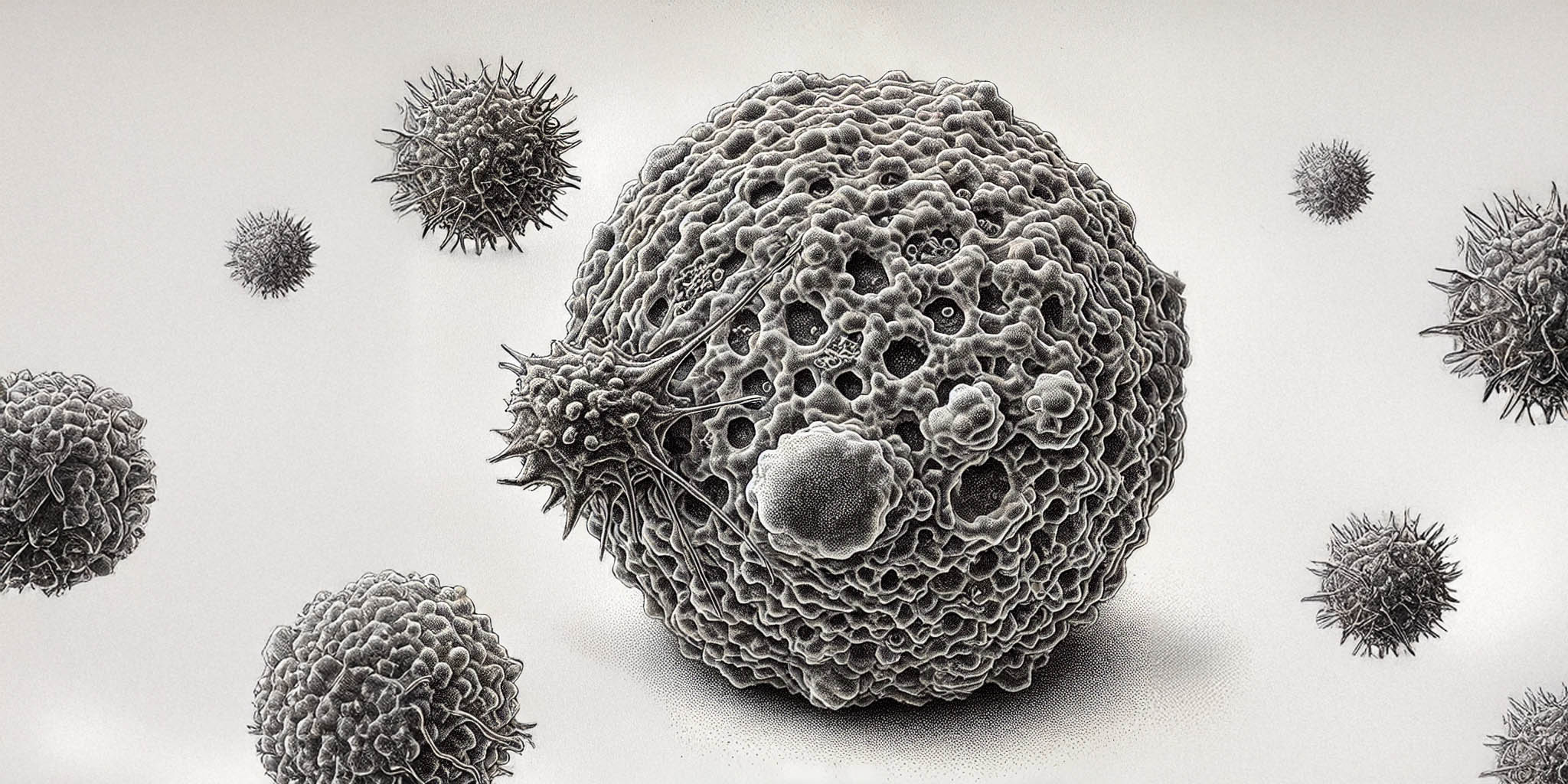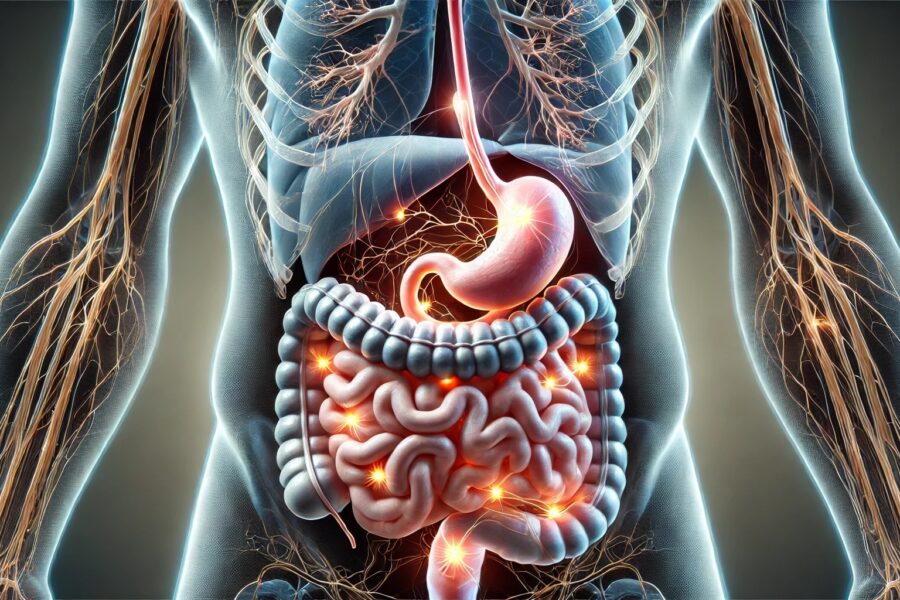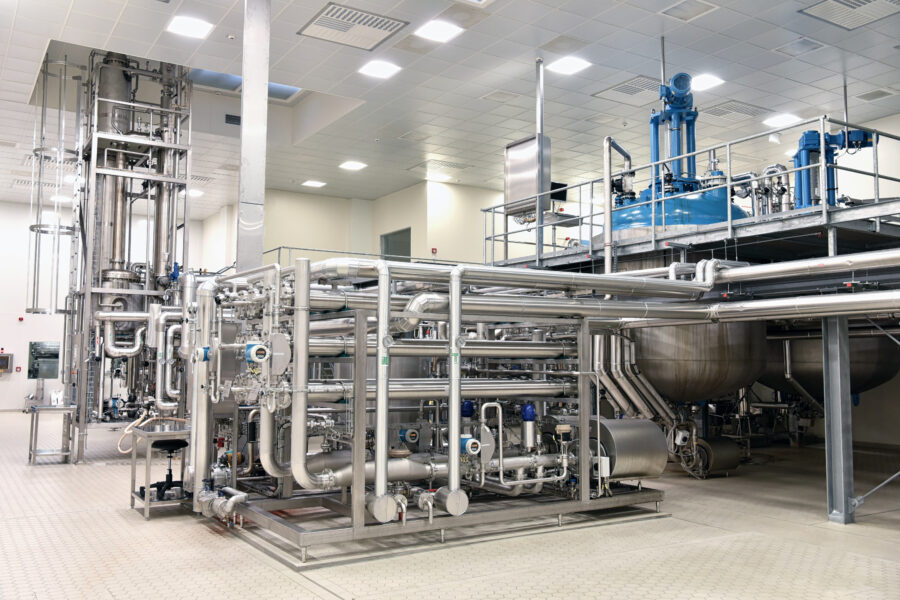Introduction:
Chimeric Antigen Receptor (CAR) T-cell therapy is advancing cancer treatment with a personalized approach that reprograms a patient’s own immune cells to target and kill cancer cells. Originally developed for hematologic malignancies, CAR-T therapy has shown strong promise in treating otherwise difficult cancers. This therapy presents a unique opportunity for the development of novel oncological and immunotherapy drugs.
T-cells are harvested from a patient’s blood sample, and a viral or non-viral vector is used to introduce the genetic instructions to create the CAR. The vector is a delivery system that introduces the CAR gene, enabling the cell to produce these specific receptors. After these trained cells multiply, they are reintroduced into the patient and multiply in the bloodstream. These cells are now able to detect cancer cells that have hidden from standard immune identification.
Development:
CAR-T therapy has evolved from a long lineage of immunotherapy milestones—from 19th-century bacterial-based approaches such as Coley’s Toxins and BCG vaccine studies to modern checkpoint inhibitors and adoptive T-cell transfer. The term “chimeric” is in reference to the Greek mythological creature made from several animals; here referring to the genetic engineering used to modify the patients’ T-cells to recognize specific tumors.
The first chimeric prototypes were published in 1987 by Dr. Yoshikazu Kurosawa and team when they modified a mouse T-cell that recognizes phosphorylcholine-positive bacteria. When these modified T-cells encountered the bacteria, they experienced a surge of calcium inside the cells, one of the early signs that T-cells are activated. This demonstrated that by altering the T-cell receptor, they can be prompted to detect and respond to specific markers. An independent team led by fellow immunologist Dr. Zelig Eshhar found similar results in 1989 by fusing the variable regions of an antibody (anti-2,4,6-trinitrophenyl, TNP) to the T-cell receptor. These “T-bodies” were able to kill TNP-bearing targets without the major histocompatibility complex normally necessary to recognize and destroy a threat. While Dr. Kurosawa’s publication first used the term “chimeric genes”, Dr. Eshhar is credited as the first to coin the phrase “chimeric T-cell receptors,” and his paper specifically mentions the potential for chimeric receptors with tumor-binding specificity to combat human cancers.
The second generation focused on activating the two signals T-cells typically require to fully engage to fight threats such as cancer or infections. The first is the T-cell receptor (TCR), and the second signal, known as a costimulatory signal, comes from additional proteins on the T-cell surface. Researchers learned that they could combine a TCR activation component (CD3ζ) and a costimulatory component CD28 into one “chimeric” receptor. By combining these signals, the T-cell becomes much more effective at multiplying, surviving, and killing cancer cells.
Third-generation CARs merged multiple costimulatory signals, with the aim of boosting cytotoxicity and persistence even further. Early clinical trials in blood cell malignancies showed encouraging responses, however the heightened immune activity also increased risk of neurotoxicity and cytokine release syndrome.
The fourth generation of CAR-T therapies were based upon second-generation frameworks, with the additional engineered feature to release specific cytokines. This generation of treatments is known as “TRUCKs” (T-cells Redirected for Universal Cytokine-mediated Killing). These TRUCKs release a signaling protein IL-12 in tumors where previous generations CAR T-cells have historically failed to fully kill resistant cancer cells, and in dense solid tumors.
At the time of this writing, the fifth and latest generation of therapies focus on reducing the side effects to patients, as well as improving efficacy in tumor destruction. Fifth-gen CARs are designed to activate additional immune pathways that stimulate cytokine signaling, enhancing T-cell activation and duration in the body. They can also target more than one marker, such as B-cell maturation antigen and an anti-PD-L1 single-chain variable fragment (scFv) to overcome treatment resistance in multiple myeloma. Other pathways that enhance activation include the JAK-STAT signaling, which is a protein-protein signal pathway that can activate a number of genes important to immunity in cells. In addressing one of the major side effects of CAR-T, this pathway can also be inhibited to moderate the effects of cytokine release syndrome without interfering with the cancer-cell destruction.
While initial approvals have focused on blood cancers, ongoing trials are evaluating CAR T-cells for solid tumors by targeting multiple antigens. Some of the specific antigens that are of interest to researchers include the epidermal growth factor receptor variant III (EGFRvIII) and Interleukin 13 receptor a2 (IL13Ra2).
Difference From Traditional Treatments:
CAR-T therapy belongs to a broader class of treatments known as immunotherapy, which aims to harness the body’s own immune system to fight disease. Traditional cancer treatments, such as chemotherapy and radiation, lack the precision and training of the body’s natural defenses to target and destroy cancer cells.
The duration of the treatment application varies. CAR-T is often a one-time infusion with modified T-cells reintroduced back into the body. The treatment depends on the T-cells replicating once back in the patient. This contrasts favorably with radiation and chemotherapy treatments, which must be given repeatedly at regular intervals.
Since traditional treatments lack the precision of CAR-T, they destroy healthy cells in the body as well. Hair loss, weakness and reduced bone density are some of the side effects of these treatments, whereas CAR-T being an immune response can resemble flu-like symptoms. Serious side effects of CAR-T stem from an elevated level of cytokines in the blood, leading to cytokine release syndrome and neurotoxicity.
Challenges within the Market:
Despite its promise, CAR-T therapy faces notable challenges that impact its scalability and accessibility. Manufacturing is highly complex; each patient’s T-cells must be harvested, engineered, and expanded before infusion, a process that can take weeks and involves specialized facilities. This contributes to high production costs and limits availability.
CAR-T therapies can cost several hundred thousand dollars per treatment. As later generation products enter the market, companies are focusing on efficient manufacturing processes and improving killing mechanisms to reduce these costs. One strategy is to shift the country where the manufacturing occurs. India recently approved a CAR-T therapy NexCAR19, costing about $40,000. On the other end of the spectrum, a different approach to reduce costs moves production closer to where treatments are delivered, saving on shipping and transportation. MedTherapy is a Boston-based biotech company that has claimed to reduce manufacturing time by 90%, and lowering costs by 70% by developing an efficient global network of manufacturing facilities and key strategic partnerships with vertical integration of manufacturing processes and supply chains.
FDA approvals are a key step in making these treatments more accessible for more patients, reducing the alternative lines of treatment before eligibility for CAR-T. While individual insurance companies vary in coverage, Medicare/Medicaid recipients are able to receive partial coverage for treatment. Increasing exposure has let to numerous articles such as this one, disseminating information for those planning expenses related to CAR-T therapy. From experimental origins to new breakthroughs, CAR-T therapy is shifting how we fight cancer.





